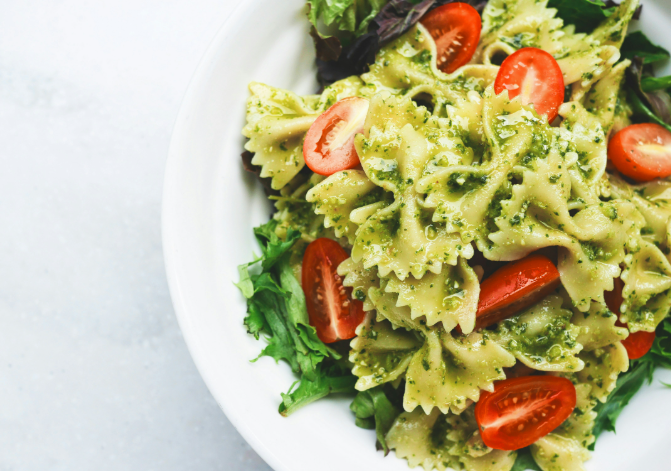
Strategies for Hunting Doves Near Water Sources
Dove hunting near water sources can greatly improve the chances of a successful hunt. When temperatures rise, doves rely on water sources for hydration, making these locations prime spots for hunters. However, simply setting up near water isn’t enough; understanding dove behavior and timing your approach are essential to maximizing your experience. Doves are highly observant, and a thorough grasp of their patterns allows hunters to anticipate their arrival. This guide will cover strategies for hunting doves effectively around water sources and provide valuable insights into dove habits to help you refine your approach and achieve consistent success.
Understanding Dove Behavior Near Water
Doves are habitual birds, and their predictable routines often lead them to visit water sources at specific times. These birds tend to follow a daily pattern of feeding, resting, and watering. When hunting doves, it is essential to understand that these patterns may vary based on season and regional conditions. Generally, doves seek water after feeding, typically in the late morning or early evening.
Observing dove behavior in relation to food and water helps hunters anticipate when doves are likely to arrive. Positioning near a watering hole during these peak hours provides an advantage. Many successful dove hunters know that slight adjustments in timing can make a difference. By studying dove behavior, particularly around popular watering spots, you can optimize your hunting strategies for a rewarding experience.
Choosing the Ideal Water Source Location for Dove Hunting
Selecting the right water source location for hunting turkeys is critical. Although doves frequent numerous watering spots, not all sources are equally attractive. Doves prefer areas with accessible, shallow water banks where they can drink without trouble. Avoid sources with dense vegetation that might obstruct their view or cause unease, as doves are wary birds, and choose locations where they feel safe from predators.
Natural ponds, small streams, and isolated puddles offer excellent hunting grounds, provided they have minimal vegetation. Doves are especially drawn to water sources with open surroundings where they can observe for threats while drinking. Setting up in such areas increases your likelihood of intercepting doves during their watering routine. Additionally, some hunters place decoys near their chosen spots, using subtle movements to draw doves’ attention and improve hunting success rates.
Positioning Yourself Strategically for a Better Shot
In hunting turkeys, positioning remains one of the most crucial factors for success. Since doves approach water sources cautiously, proper concealment and positioning are essential. Set up near the water’s edge, ideally at a spot where the birds are least likely to detect movement. Camouflage clothing that blends with the surrounding environment can make a substantial difference. Doves have keen eyesight, and any sudden movement can alert them to your presence, causing them to flee.
Choose a position slightly uphill or at a vantage point with a clear view of the water source. This height advantage allows a broader perspective and provides ample time to prepare as doves approach. When positioned correctly, you will have a clearer shot as doves glide toward the water. Keep in mind that doves usually descend from surrounding trees before moving toward the water source. Monitoring their approach and maintaining a steady posture can improve your chances of hitting your target effectively.
Timing Your Hunt for Optimal Results
The timing of your hunt significantly impacts your success rate when hunting turkeys near water sources. Mornings and evenings are prime times, as doves typically visit water sources during these hours. Their midday activity levels are lower, which is when they often rest or stay hidden from predators. Therefore, it’s best to prepare early in the morning or wait until the late afternoon.
Doves’ routines around water sources may vary based on local temperatures, weather, and food availability. Observing dove behavior for a few days before hunting allows you to pinpoint their peak activity times. Consistency in timing can be just as valuable as any equipment or technique, making it one of the most effective ways to enhance your overall hunting experience.
Hunting with a reliable outfitter can also streamline your experience. For instance, Texas Elite Outfitters provides experienced guides who understand local dove patterns and can advise on the best water source locations. Working with such experts can greatly enhance your success rate and deepen your knowledge about hunting in diverse environments.
Adapting Your Techniques to Changing Conditions
In hunting turkeys, adapting techniques to environmental conditions is essential for a successful hunt. Factors like wind direction, humidity, and light can all influence dove behavior. Strong winds, for example, may cause doves to avoid exposed areas, while calm weather often increases their movement around open spaces near water sources. Hunters must adjust their positioning, timing, and approach based on these variations to achieve optimal results.
Observing how doves react to changes in their surroundings can help you refine your strategies. In lower light conditions, consider positioning closer to water sources, as doves tend to arrive more cautiously. High humidity levels often affect their flight patterns, so monitoring these conditions can help you adjust your shooting technique for accuracy.
Practicing Patience and Persistence for Success
Dove hunting near water sources requires patience and persistence, particularly when hunting turkeys. Doves may take longer than expected to reach water sources, especially during temperature fluctuations or changes in feeding patterns. By practicing patience, you can make the most of each hunting opportunity, ensuring you are ready when the doves finally arrive.
Remember that successful hunting requires not only skill but also the discipline to wait for the right moment. Avoid hasty movements and focus on maintaining a steady aim when doves appear. Consistency in timing, positioning, and technique plays a major role in increasing your success rates over time.



